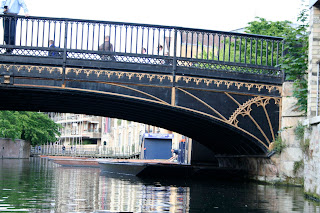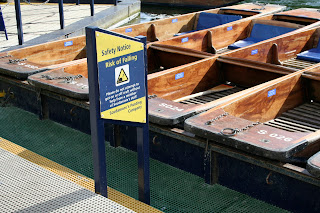
Maybe bubbles are more your style…

After all, your can get your Presecco to go

Turkish Delights…little pieces of sweetness coated in powdered sugar. Flavors range from tobacco to pistachio to lemon to anything imaginable. Heaven in your mouth.

The House in The Clouds was originally built in 1923 as water storage for the village of Thorpeness. Now it serves as resort accommodations with 5 bedrooms, 3 baths. lawn tennis and boules. The top floor provides the best views of Suffolk.

The Thorpeness Windmill was built in 1803, then remodeled to provide water to The House in The Clouds. It is a working windmill today.

The Bridge of Sighs:
Locals say it is so named as students sigh after taking exams at St. John’s College.

There are more than 25 bridges over the River Cam in Cambridge, England.
The Mathematical Bridge is the popular name of a wooden bridge across the River Cam between two parts of Queen’s College. Its official name is simply the Wooden Bridge.
The bridge was designed by William Etheridge , and built by James Essex in 1749. It has been rebuilt on two occasions, in 1866 and in 1905, but has kept the same overall design.
The arrangement of timbers is a series of tangents that describe the arc of the bridge, with radial members to tie the tangents together and triangulate the structure, making it rigid and self supporting.

A Punt is a flat bottomed boat without a keel and is propelled by means of a long pole. These were introduced as a pleasure craft in Edwardian times. Now they serve as a means to view the famous bridges and colleges along the River Cam.

The Punts at Scudmore’s. F.Scudmore founded his business in 1910 and today has the largest fleet of Punts, nearly 150.

Punts today are 6 to 7 meters long and 1 to 2 meters wide. The pole is 5 meters long.